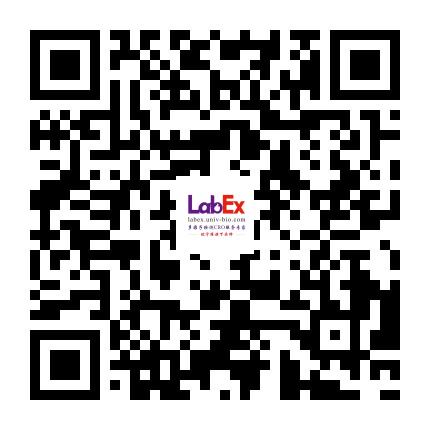An invasive zone in human liver cancer identified by Stereo-seq promotes hepatocyte-tumor cell crosstalk, local immunosuppression and tumor progression
- Cell Res
- 6.4
- 2023 Aug;33(8):585-603.
- Human
- 流式
- 消化系统
- 肿瘤细胞
- 肝癌
- CD68
相关货号
LXFH06-4
Abstract
Dissecting and understanding the cancer ecosystem, especially that around the tumor margins, which have strong implications for tumor cell infiltration and invasion, are essential for exploring the mechanisms of tumor metastasis and developing effective new treatments. Using a novel tumor border scanning and digitization model enabled by nanoscale resolution-SpaTial Enhanced REsolution Omics-sequencing (Stereo-seq), we identified a 500 µm-wide zone centered around the tumor border in patients with liver cancer, referred to as "the invasive zone". We detected strong immunosuppression, metabolic reprogramming, and severely damaged hepatocytes in this zone. We also identified a subpopulation of damaged hepatocytes with increased expression of serum amyloid A1 and A2 (referred to collectively as SAAs) located close to the border on the paratumor side. Overexpression of CXCL6 in adjacent malignant cells could induce activation of the JAK-STAT3 pathway in nearby hepatocytes, which subsequently caused SAAs' overexpression in these hepatocytes. Furthermore, overexpression and secretion of SAAs by hepatocytes in the invasive zone could lead to the recruitment of macrophages and M2 polarization, further promoting local immunosuppression, potentially resulting in tumor progression. Clinical association analysis in additional five independent cohorts of patients with primary and secondary liver cancer (n = 423) showed that patients with overexpression of SAAs in the invasive zone had a worse prognosis. Further in vivo experiments using mouse liver tumor models in situ confirmed that the knockdown of genes encoding SAAs in hepatocytes decreased macrophage accumulation around the tumor border and delayed tumor growth. The identification and characterization of a novel invasive zone in human cancer patients not only add an important layer of understanding regarding the mechanisms of tumor invasion and metastasis, but may also pave the way for developing novel therapeutic strategies for advanced liver cancer and other solid tumors.
金课堂之文献解析 文献原文请点击
本网站销售的所有产品及服务均不得用于人类或动物之临床诊断或治疗,仅可用于工业或者科研等非医疗目的。







 沪公网安备31011502400759号
沪公网安备31011502400759号
 营业执照(三证合一)
营业执照(三证合一)


